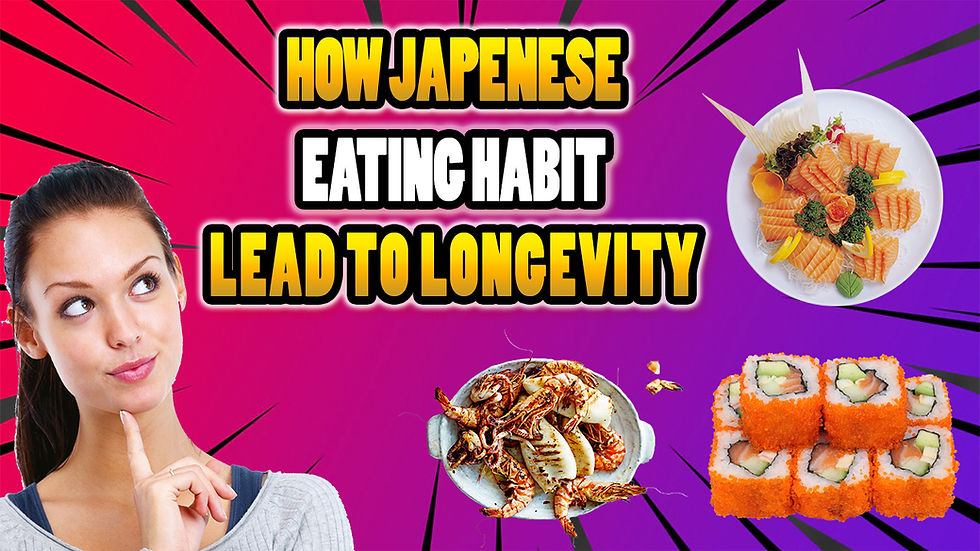Sushi Rolls: From Japan to America - A Culinary Evolution
- ishisushi

- Oct 25, 2023
- 2 min read
Sushi rolls, known as "makizushi" in Japan, have undergone a fascinating transformation throughout their history, particularly after their introduction to the United States. This culinary journey highlights the fusion of traditional Japanese flavors with American creativity.
In Japan, sushi rolls have been enjoyed for centuries, with the earliest forms dating back to the Edo period (17th-19th century). Originally, sushi was conceived as a means of preserving fish by fermenting it with rice and salt. Over time, the techniques evolved, and sushi chefs began using vinegar-seasoned rice alongside various toppings and fillings.
The California Roll, often credited as the first significant American adaptation, emerged in the 1960s in Los Angeles. Chef Ichiro Mashita replaced the traditional raw fish with avocado, cucumber, and crab meat. This innovation made sushi more approachable to Americans who were hesitant about raw fish.
As sushi continued to gain popularity in the U.S., other creative interpretations emerged. The Philadelphia Roll introduced smoked salmon and cream cheese, while the Spider Roll incorporated soft-shell crab. These variations showcased the adaptability of sushi, catering to diverse tastes.
The fusion of Japanese and American cuisines gave birth to the "fusion sushi" trend. Sushi chefs began experimenting with unique combinations, incorporating ingredients like mango, jalapeños, and spicy mayo. These innovations aimed to tantalize the American palate with a blend of textures and flavors.
Sushi's popularity expanded further with the advent of the "all-you-can-eat" sushi restaurants, offering a diverse array of rolls at affordable prices. This approach made sushi more accessible and encouraged diners to explore different rolls and flavors.
The evolution of sushi rolls is a testament to the dynamism of culinary traditions when introduced to new cultures. Today, you can find sushi rolls in various forms worldwide, each reflecting the fusion of local tastes with the elegance of Japanese culinary artistry. Whether you prefer a classic maki or a creative fusion roll, sushi's journey from Japan to America has forever enriched the global culinary landscape



Comentários